The Building Decarbonization Code language is structured to be compatible with the current version of the IECC and covers both residential and commercial construction. The IECC is in use or adopted in 49 states, the District of Columbia, the U.S. Virgin Islands, NYC and Puerto Rico, according to the International Code Council (ICC), which manages the code’s development.
The Building Decarbonization Code, which is part of a larger toolkit being developed for cities and states, is focused on codes for new construction with the potential of adding code language for existing buildings in a future version. While not an all-electric code, the language does prioritize efficient electric equipment and is designed to be flexible. Sections cover All-Electric and Mixed-Fuel options.
The overlay incorporates code solutions to the inclusion of key electrification technologies including solar, electric vehicles, battery storage, and demand response and is designed to enhance building-grid integration so the buildings can be effectively used as an asset to shift times when energy is used and alleviate pressure on the electricity grid during peak demand periods.
Jurisdictions may use either section of the overlay in its entirety or use portions of either or both to amend the 2021 IECC to a code that is right for adoption to meet the needs of their communities and supports their climate goals.
Click here to learn more.






You must be logged in to post a comment.